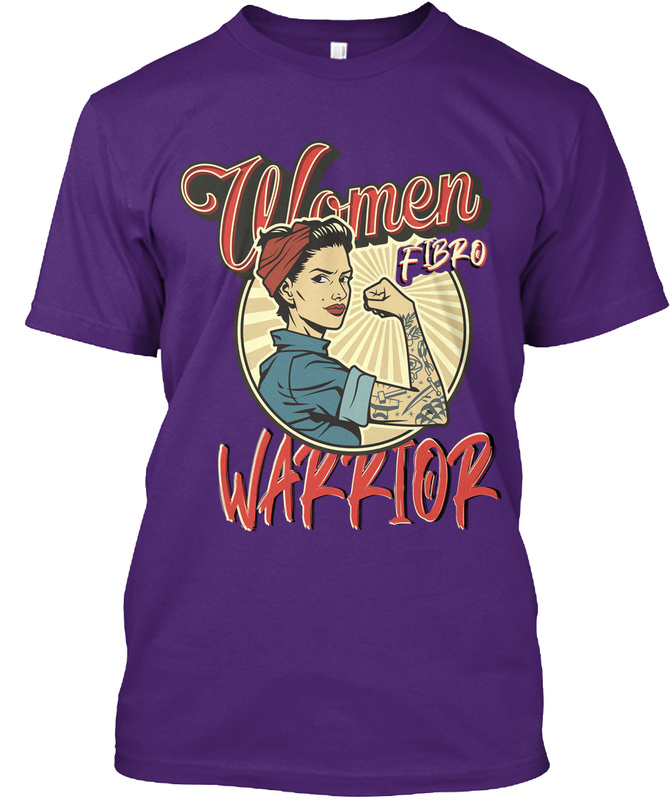Turning a Moment of Change Into Transformational Momentum for Chronic Pain Management
This is an amazing time to be a woman in our country. In the past six months alone we’ve had women at the helm of three network morning shows, we’ve had a record number of women running Fortune 500 companies, and our thrilling women’s national team just won the World Cup.
But this is not enough. Women aren’t running the three major networks, the record number of Fortune 500 CEOs was just 33, and when our female athletes get injured their doctors may not have the ability to treat their pain as well as their male counterparts simply because they just don’t know how.
Click Here to Visit the Store and find Much More….
Understanding women from the perspectives of both sex and gender are going to be critical as we look to drive sustainable change in the health arena and particularly in pain management. Nearly a third of Americans experience long-lasting pain, and approximately 20 percent of the population lives in chronic pain. The cost of chronic pain to the country is more than $558 billion each year, which is more than the annual cost of heart disease.
Yet, as much as we talk about pain management, if we don’t explore the disparity of male and female pain, we will not achieve the change that is needed to overcome this crisis.
To help get the conversation started on chronic pain management, Chronicillness.co will convene a Chronic Pain Summit on July 17 and 18, in Ellicott City, MD. The event will feature presentations from prominent pain specialists and is designed to foster dialogue between patients, clinicians, researchers, and industry experts, and will include representatives from federal agencies and other non-profit organizations as well. I am thrilled to be the keynote speaker during this summit.
Together, we aim to raise awareness about chronic pain in women, address existing challenges and knowledge gaps, and encourage everyone to work together as we strive to find new and innovative solutions. Here is a sneak peek at what we will cover during the summit.
In the meantime, here is what you should know right now.
Hormones regulate our systems in the inner workings of how our body is built. Hormones are also involved in biological mechanisms that play a critical role in how women and men feel pain. It was just ten years ago that researchers recognized that female mice responded differently to pokes and prods then male mice. This moment spurred the discovery that pain pathways can vary significantly, and has us now exploring the differences between male pain and female pain.
Click Here to Visit the Store and find Much More….
This discovery was only made because a researcher bucked the trend and included female mice in his research, which was not common practice. If we are going to make an exact change in pain management for women, women need to be a part of trials. If men don’t feel the same pain, we are going to need to adjust how we treat women’s pain.
Gender is societal. It is the expectation that we place on people and the social influences that define who we are, and it plays a role in how women’s pain is managed. The fact is that women report pain differently than men, and doctors respond to women’s pain differently than they to do men’s pain. We also know that doctors assume people who look “better” are healthier and require less treatment.
This issue of gender expectations is critical. Women with chronic pain are more likely to be wrongly diagnosed with mental health conditions than men and be prescribed psychotropic drugs. We also know that women are more likely to be prescribed prescription pain medicines, be given higher doses, and remain on them for longer. And women are less likely to remain on a treatment plan that conflicts with other responsibilities.
Ultimately, when you put misses of love and gender together, it can be toxic. Consider this:
Post-surgery studies have shown that women consistently reported slightly more intense pain than men for 30 different types of surgery, ranging from an appendectomy to knee replacement. At the same time, some studies show that following breast surgery, women who receive a nerve block and regional anesthesia recover better. We also know that among surgical patients, there are more female chronic opioid users than male, and females are more likely to be chronic users than males.
So the question becomes, in treating women like men are we fueling a more significant crisis?
The fact is that we are at a great moment of awareness that we must harness to drive change. We must explore new paths, recognize the impact of sex and gender differences in patient care, and power a new momentum to define best steps to manage pain in women.
Click Here to Visit the Store and find Much More…
For More Information Related to Fibromyalgia Visit below sites:
References:
Fibromyalgia Contact Us Directly
Click here to Contact us Directly on Inbox
Official Fibromyalgia Blogs
Click here to Get the latest Chronic illness Updates
Fibromyalgia Stores



